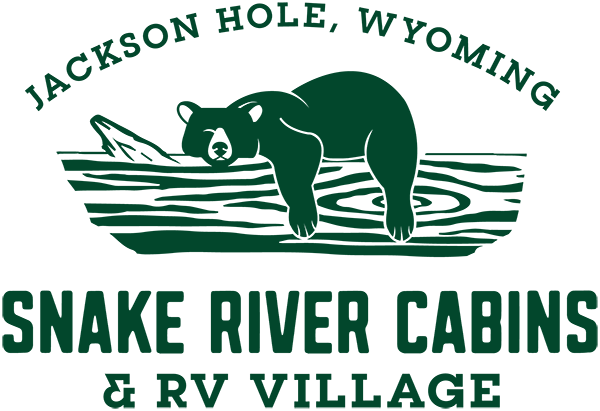So, let’s talk Aquatic Invasives…because if we all want to continue to whitewater raft and float and fish the rivers and streams in Jackson Hole and around the world…we need to learn a few things that we can all to to help preserve are bodies of water.
Aquatic Invasive Species (AIS) are aquatic and terrestrial organisms and plants that have been introduced into new ecosystems (i.e. Great Lakes, San Francisco Bay, Florida, Hawaii) throughout the United States and the world and are both harming the natural resources in these ecosystems and threatening the human use of these resources. AIS are also considered to be “nuisance” species or “exotic” species and the terms are often used interchangeably.
How do these things get transferred from place to place? Well there are a number of ways, but mostly through people traveling to certain areas of the world and bringing back plant life, insects, mussels, etc. unknowingly. For example a fishermen may travel to New Zealand and fish in rivers there, using the very same wading boots that he uses when he is home. When he comes home and gets his equipment out to fish his favorite local stream, he is risking transferring the New Zealand mud snail to this stream unless he is very smart and cleans his equipment before he uses it in another body of water. From boats to rafts to anchors to nets to wading equipment it is very important for everyone to do their part and make sure they thoroughly clean their equipment after every trip (whether it be going to New Zealand or just fishing you local river).
The Snake River Fund continues to take a leadership role in combating the spread of invasive species in the Jackson Hole area. This marks the third year of the Fund’s drive to educate the public and help coordinate policy to protect our pristine resource. The Snake River Fund has put dipping stations at many of the ramps around the valley to allow fishermen to dip their equipment before and after their fishing day.
The Fund has worked with this group to draft a comprehensive strategy to prevent the spread of aquatic invasives into the Snake River. Grand Teton National Park is set to adopt a new policy, for instance, by which boat owners must certify that their crafts either have not been used in infested states or have been properly cleaned. Prevention and education is definitely the key in managing this problem. Fortunately, relatively small changes in individual and industry behavior can have huge benefits and impacts towards AIS introductions. For more information, please check out a great article written by Paul Bruun in the Jackson Hole News and Guide: http://www.jhguide.com/article.php?ctg=8&csfd=1

Granite Hot Springs and Hoback Canyon…a Must See!
Deservedly so, when people come to visit the Greater Yellowstone and Jackson Hole area, many of the hikes and sites around Yellowstone and Grand Teton National park tend to be the places where people want to visit the most. From...
Read More
The Cleanest Buses in Jackson Hole!
We know that a whitewater or scenic river trips down the Snake River just does not start and end with your time on the raft. Oh no! There is always going to be a little bus ride and that is...
Read More

